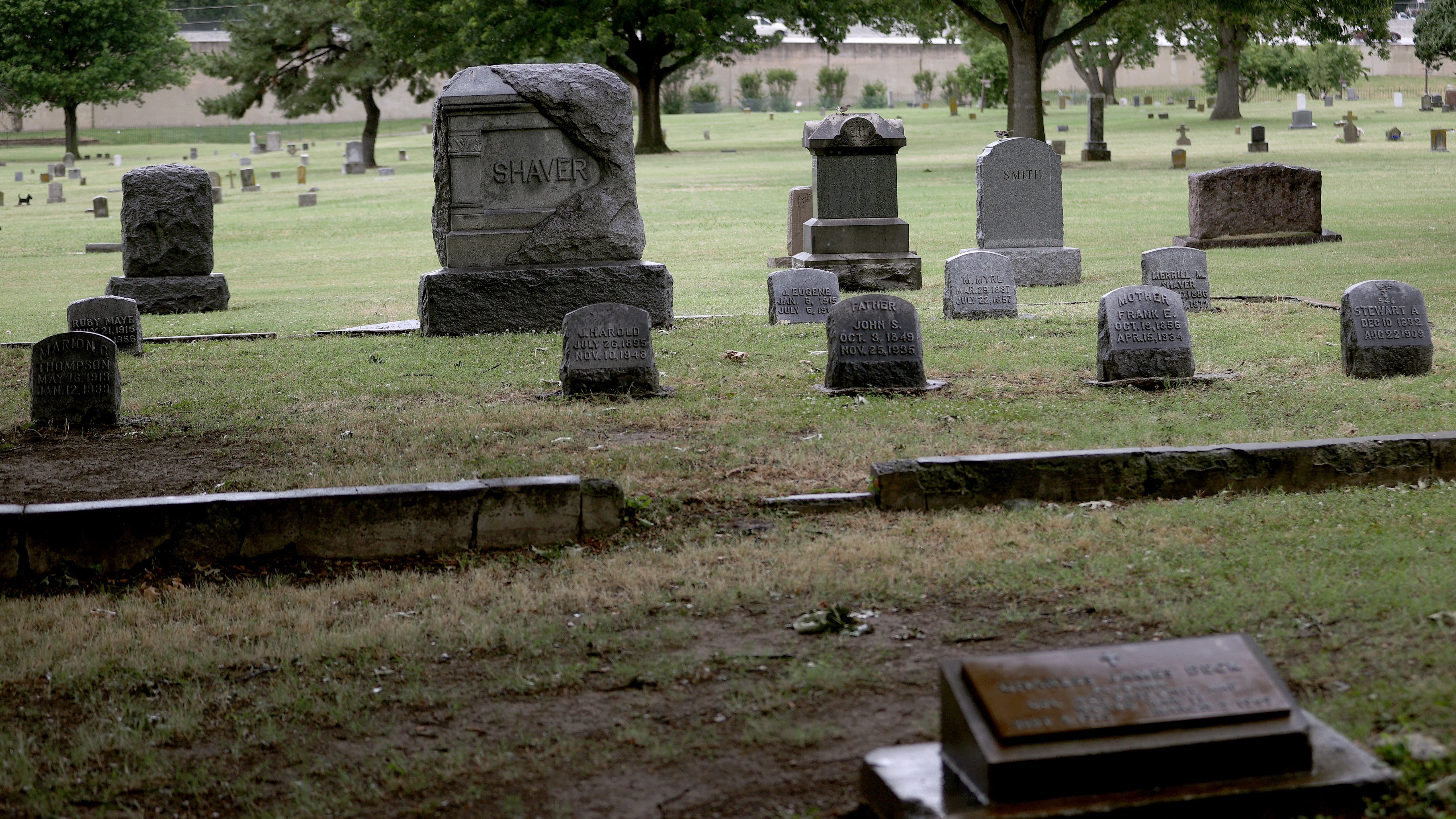

A World War I veteran is the first person identified from the more than 100 bodies found in a mass grave from the Tulsa Race Massacre, 103 years after his death.
On Friday, July 12, the City of Tulsa announced that forensic investigators confirmed the identity of one set of remains as C.L. Daniel, a Black veteran of the United States Army. Daniel is the first of dozens of unidentified bodies buried in a Tulsa cemetery that teams began trying to identify in 2021.
“C.L. Daniel was a veteran who served our country in World War I, who was killed in the 1921 Tulsa Race Massacre, and whose family did not know where he had been buried for the last 103 years — until this week,” Tulsa Mayor G.T. Bynum said in the release.
Tulsa’s Greenwood district had been a thriving, rich neighborhood, earning the nickname “the Black Wall Street.” On May 31, a racist white mob began attacking the residents of Greenwood, shooting them and burning down buildings. The mob grew more armed, with assailants even using airplanes to attack Black residents from the sky. Over two days, the massacre left approximately 300 people dead and thousands wounded, unhoused and displaced.
Daniel was among those killed by the racist mob. C.L. Daniel served in the U.S. Army during World War 1, having been drafted in 1918. According to records in the National Archives, he was discharged in December 1919. He was believed to be in his 20s, but no exact age was confirmed, and he was unmarried. Letters from his family confirm that Daniel was killed in Oklahoma. According to those family writings, Daniel had been in Utah trying both to find work and journey back to Georgia, but the letters don’t mention why he was in Tulsa. The city’s announcement notes that it is not clear how Daniel was killed during the massacre.
Subscribe to Task & Purpose Today. Get the latest military news and culture in your inbox daily.
The Salt Lake City-based Intermountain Forensics lab used National Archives records as well as DNA testing from Daniel’s family to confirm the body’s identity. His body was located in “Burial 3,” one of the sites found during a 2021 excavation of Tulsa’s Oaklawn Cemetery.
Daniel is the first victim of the Tulsa Race Massacre to be identified in more than two decades. The last instance was in 2001, as part of the Oklahoma State Commission Report on the massacre. Five years ago the city began a new effort to locate the remains of those killed during the massacre. The work located more than 120 graves, with excavations done to confirm how many were buried and who they are.
“This is the first time that any unit of American government has intentionally sought to locate and identify the remains of historic victims of racial violence in the United States,” historian Scott Ellsworth, who helped kick off the effort to find and identify victims in mass graves from the massacre, said in the city’s announcement. “That the DNA and genealogical team was able to identify Mr. Daniel’s remains is both an astonishing research achievement, and a crucial step in addressing the harm that was done more than one hundred years ago.”
